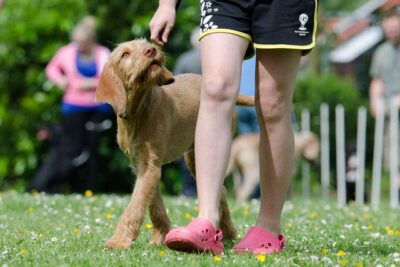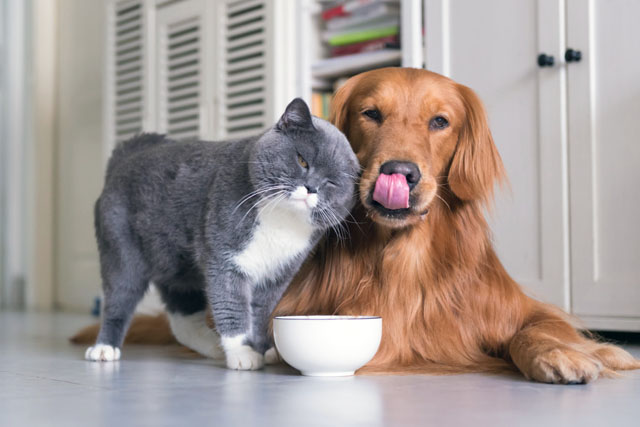



Introducing a dog and a cat can be a delicate process that requires patience, preparation, and careful supervision. Whether you are bringing a new dog into a home with a resident cat or vice versa, it is important to take the necessary steps to ensure a smooth and successful introduction. In this article, we will provide expert tips on how to introduce a dog and a cat correctly, allowing them to build a positive and harmonious relationship.
Before bringing your new dog or cat home, it is crucial to create a separate space for each pet. This will provide them with a safe and comfortable area where they can retreat to and feel secure. Make sure each pet has their own bed, toys, litter box (for the cat), and food and water bowls. This will help prevent any territorial disputes and allow each pet to have their own personal space.
One of the first steps in introducing a dog and a cat is to familiarize them with each other's scents. Start by swapping bedding or blankets between the two pets, allowing them to become accustomed to each other's smells. You can also rub a towel on one pet and then place it near the other pet's sleeping area. This gradual introduction of scents will help both pets become more comfortable with each other's presence.
When it is time for the dog and cat to have their first interactions, it is important to provide a controlled and safe environment. Use a baby gate or a pet barrier to separate the two animals initially. This will allow them to see and smell each other without any direct physical contact. It is essential to ensure that the barrier is secure and that neither pet can jump over or knock it down.
Once both the dog and cat have become familiar with each other's scents and have had some visual exposure, it is time to allow them to have their first face-to-face meeting. However, it is crucial to supervise this interaction closely. Keep the dog on a leash and have someone hold the cat or keep them in a carrier. Allow them to approach each other slowly and observe their body language. If either pet shows signs of aggression or fear, separate them immediately and try again later.
During the introduction process, it is important to reward positive behavior from both the dog and the cat. This can include calm and friendly interactions, sniffing each other without aggression, or even just being in the same room without any signs of stress. Use treats, praise, and affection to reinforce these positive behaviors. On the other hand, if either pet displays negative behavior such as growling, hissing, or lunging, it is important to discourage and redirect that behavior. Use a firm "no" and remove the pet from the situation if necessary.
While introducing a dog and a cat, it is crucial to give each pet their own individual time and attention. This will help prevent any feelings of jealousy or neglect. Make sure to spend quality time with each pet separately, engaging in activities they enjoy. This will help them feel secure and loved, reducing any potential tension between them.
Introducing a dog and a cat can take time, and it is important to be patient throughout the process. Every pet is different, and they may need varying amounts of time to adjust to each other's presence. Allow them to set their own pace and do not rush the process. It is better to take things slowly and ensure a positive experience for both pets rather than forcing them together prematurely.
If you are struggling with the introduction process or if either pet displays persistent aggression or fear, it may be beneficial to seek professional help. A certified animal behaviorist or a professional dog trainer can provide guidance and support to ensure a successful introduction and a harmonious relationship between your dog and cat.
In conclusion, introducing a dog and a cat correctly requires careful planning, patience, and supervision. By preparing separate spaces, gradually introducing scents, using barriers for initial interactions, supervising face-to-face meetings, rewarding positive behavior, giving each pet individual attention, being patient, and seeking professional help if needed, you can increase the chances of a successful introduction and foster a positive relationship between your dog and cat. Remember, each pet is unique, and it may take time for them to adjust to each other, so be patient and allow them to set their own pace.
Leave a Reply
Related posts